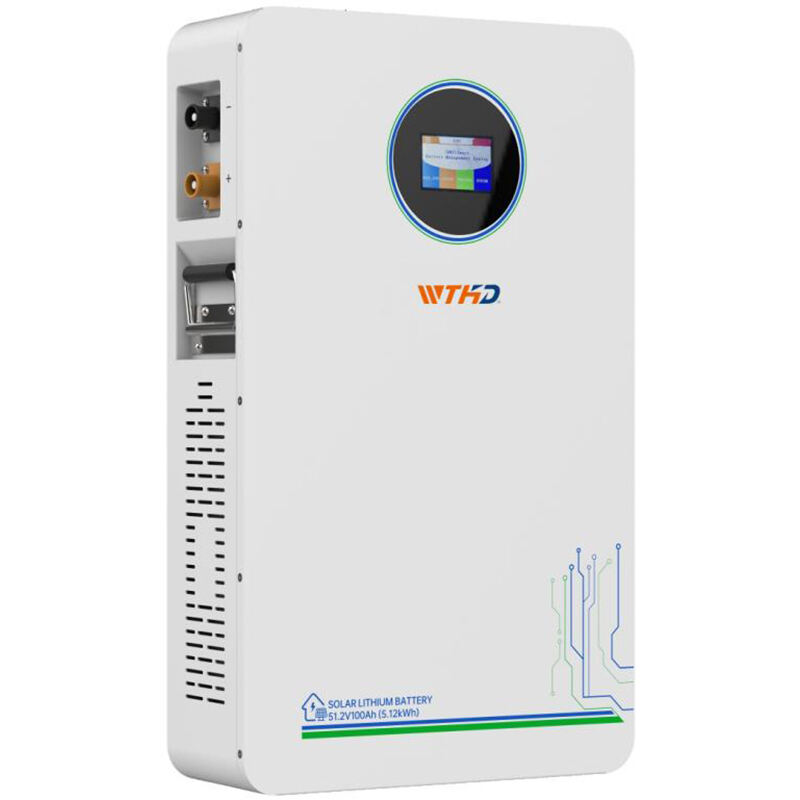Sistem Simpanan Tenaga (ESS) sedang mengubah permainan penyimpanan dan penggunaan tenaga elektrik terutama dalam kes peningkatan penggunaan sumber tenaga boleh diperbaharui. Dengan atau tanpa panel suria yang dipasangkan, adalah penting untuk memahami apa yang membentuk sistem-sistem ini. Dalam artikel ini, elemen utama bagi satu Sistem Penyimpanan Tenaga (ESS) diterangkan, teknologi bateri dibandingkan, dan kepentingan keselamatan serta pengurusan haba disebutkan.
Apakah Komponen Sistem Penyimpanan Tenaga
Sistem Penyimpanan Tenaga bukan sekadar bateri sahaja. Ia merupakan sistem yang digabungkan untuk mengumpul elektrik dan menyalurkannya apabila permintaan berlaku. Komponen utama termasuk: pakej bateri, sistem penukaran kuasa (inverter/pengecas) dan sistem kawalan.
Jantung sistem ialah bateri—penyimpan tenaga. Bateri boleh cas semula digunakan dalam kebanyakan sistem pada masa kini disebabkan keberkesanannya dan keupayaan untuk mengurangkan kos. Peranan penting yang lain ialah penukar arus. Ia menukarkan arus terus (DC) bateri kepada arus ulang-alik (AC) yang digunakan oleh kebanyakan peralatan rumah tangga dan grid. Selain daripada ini, terdapat kawalan dan sistem pengurusan tenaga yang memantau prestasi, memaksimumkan kitaran pengecasan dan memastikan segala-galanya berjalan dengan lancar.

Teknologi Bateri dalam ESS Litium-Ion berbanding Plumbum-Asid berbanding Pilihan Baharu
Bateri tidak dicipta sama. Jenis bateri yang digunakan mempengaruhi secara besar kecekapan, jangka hayat dan kos ESS.
Bateri Li-kini popular. Ia kaya dengan kandungan tenaga, jangka hayat lebih panjang dan memerlukan kurang servis. Ciri-ciri ini menjadikannya sesuai digunakan di rumah mahupun di tempat kerja.
Bateri asid-plumbum telah digunakan selama beberapa dekad. Ia lebih murah pada permulaan tetapi jangka hayatnya lebih pendek, kurang cekap dan memerlukan pembaikan kerap. Bateri ini masih digunakan dalam sistem tanpa grid tertentu walaupun semakin digantikan oleh penyelesaian berasaskan litium.
Teknologi baharu seperti bateri keadaan pepejal atau bateri aliran juga mendapat perhatian. Ia menawarkan keselamatan lebih tinggi, jangka hayat lebih panjang dan kapasiti lebih besar. Walau bagaimanapun, ia belum tersedia secara komersial seperti bateri ion-litium.

Mengapa Pengurusan Termal dan Sistem Keselamatan Adalah Penting dalam Reka Bentuk Sistem Penyimpanan Tenaga
Dalam penyimpanan tenaga, keselamatan tidak boleh diabaikan. Terdapat haba yang dihasilkan dalam bateri semasa pengecasan dan nyahcas. Ini boleh menyebabkan prestasi rendah, jangka hayat pendek atau situasi berbahaya seperti larian termal sekiranya tidak dikawal.
Sistem pengurusan haba yang baik memastikan bateri berada dalam julat suhu operasi optimumnya. Ini biasanya dicapai melalui penyejukan pasif atau aktif. Kawalan suhu adalah sangat penting, terutamanya dalam bateri ion-litium, dari segi keselamatan dan keberkesanan.
Selain daripada penyejukan, ciri keselamatan lain yang disertakan termasuk perlindungan terhadap lebihan pengecasan, litar pintas, dan fluktuasi voltan. Sistem pengurusan bateri (BMS) semasa sentiasa memantau data sel bagi mengelakkan kegagalan.
Mereka bentuk Sistem Penyimpanan Tenaga (ESS) yang direka dengan baik, dengan kawalan haba dan keselamatan yang berkesan bukan sahaja soal prestasi tetapi juga soal keselamatan pelaburan anda dalam tenaga, serta operasi jangka panjang yang boleh dipercayai.

